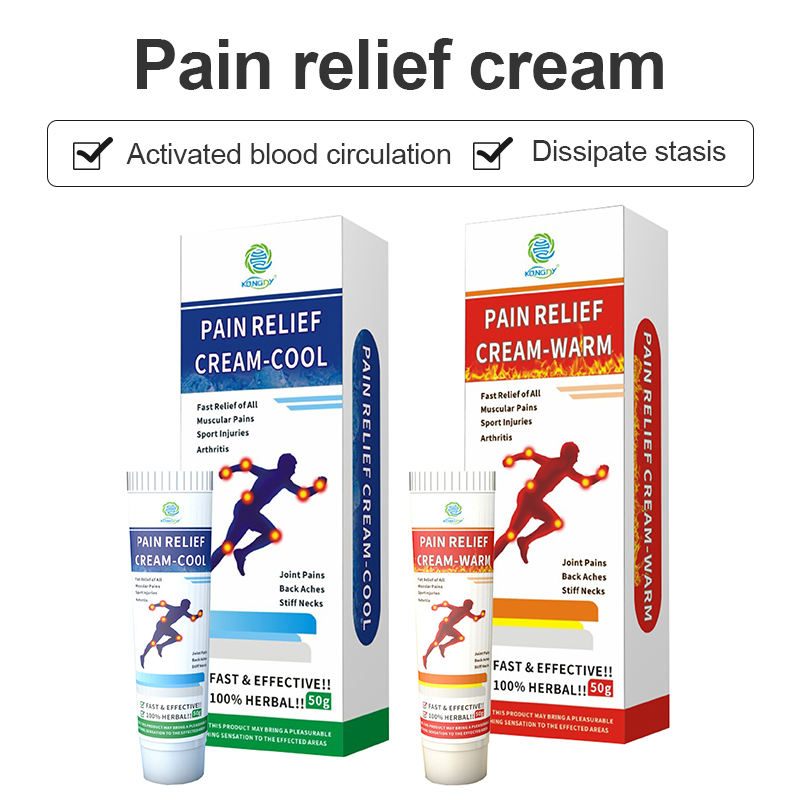In today’s fast-paced world, pain has become an unwelcome companion for many. Whether it’s from strenuous physical activity, chronic conditions, or the wear and tear of daily life, the search for effective pain relief is ongoing. While over-the-counter and prescription painkillers have long been the go-to solution, more people are turning to natural alternatives like pain relief creams. These topical treatments offer a promising option for those seeking to manage pain without the potential side effects associated with oral medications.
- Understanding Pain Relief Creams
Pain relief creams are topical preparations designed to alleviate discomfort when applied directly to the affected area. Unlike oral painkillers that work systemically, these creams target pain at its source, providing localized relief. The active ingredients in these creams can vary, but they often include natural compounds known for their analgesic and anti-inflammatory properties.
- Key Ingredients in Natural Pain Relief Creams
Menthol: Derived from peppermint oil, menthol creates a cooling sensation that helps distract from pain signals.
Capsaicin: Extracted from chili peppers, capsaicin depletes substance P, a neurotransmitter that sends pain signals to the brain.
Arnica: This herb has been used for centuries to reduce inflammation and ease muscle soreness.
Essential oils: Lavender, eucalyptus, and rosemary oils are known for their pain-relieving and anti-inflammatory effects.
CBD: Cannabidiol, derived from hemp, has gained popularity for its potential to reduce pain and inflammation without psychoactive effects.

- Benefits of Choosing Pain Relief Creams
Targeted relief: By applying the cream directly to the affected area, you can address pain more specifically than with oral medications.
Fewer side effects: Topical treatments are less likely to cause systemic side effects such as stomach upset or liver strain.
Non-addictive: Unlike some oral painkillers, particularly opioids, pain relief creams do not carry the risk of dependency.
Quick absorption: The skin readily absorbs these creams, allowing for faster relief in many cases.
Complementary use: Pain relief creams can be used alongside other treatments or therapies for enhanced pain management.
- Considerations When Using Pain Relief Creams
While generally safe, it’s important to use these products correctly:
Patch test: Always test a small amount on your skin first to check for any allergic reactions.
Follow instructions: Apply as directed, and don’t exceed recommended usage.
Avoid broken skin: Do not use on open wounds or irritated skin.
Consult a healthcare provider: If you have underlying health conditions or are taking other medications, seek professional advice before use.
- The Future of Pain Management
As research continues, the formulations of pain relief creams are likely to become even more sophisticated and effective. The growing interest in natural and holistic health solutions suggests that these topical treatments will play an increasingly important role in pain management strategies.
Pain relief creams offer a promising natural alternative to traditional painkillers. By providing targeted relief with fewer systemic side effects, they address a crucial need in pain management. As with any health-related decision, it’s essential to approach the use of pain relief creams with informed consideration. By understanding their benefits and proper usage, individuals can make empowered choices in managing their pain, potentially reducing reliance on oral medications and embracing a more natural approach to wellness.






